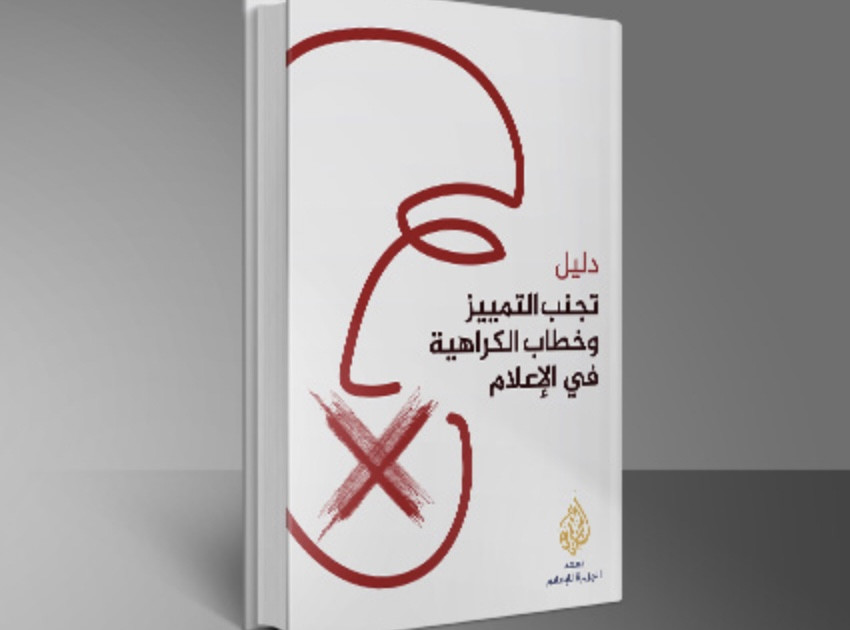
GCED Basic Search Form
Quick Search
You are here
Resources

The Guidebook, which was released in both Arabic and English, highlighted professional practices and legal limitations to help journalists to avoid discriminatory and hate speech in their stories, by providing them with multiple tools which help them to produce objective stories distanced from discrimination and hate speech.
The Guidebook is divided into two main parts, the first of which is given over to defining and explaining discriminatory and hate speech and giving a summary of the legal framework surrounding it. It then explains how hate speech, when practiced by media, can produce a harmful effect on public. The guidebook cites some examples from the Arab context and the world at large.
In its second part, the guidebook sets out a roadmap that helps journalists to produce more ethical and objective stories avoiding discrimination or calling for hatred. It presents a number of criteria that are recommended to be applied during all stages of the production of the story, as well as providing models of ethical evaluation (Moral Reasoning) that enable them to solve the moral dilemmas that may face them in the preparation of stories.
In its final pages, the guidebook presents a list of questions the journalist poses to him/herself at every stage of the story, which contributes to its objective and ethical quality, and distance it as far as possible from practicing discriminatory speech or inciting hatred
